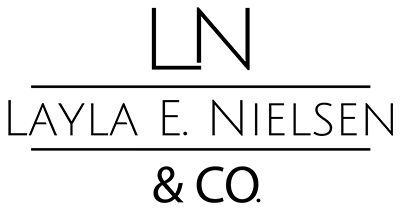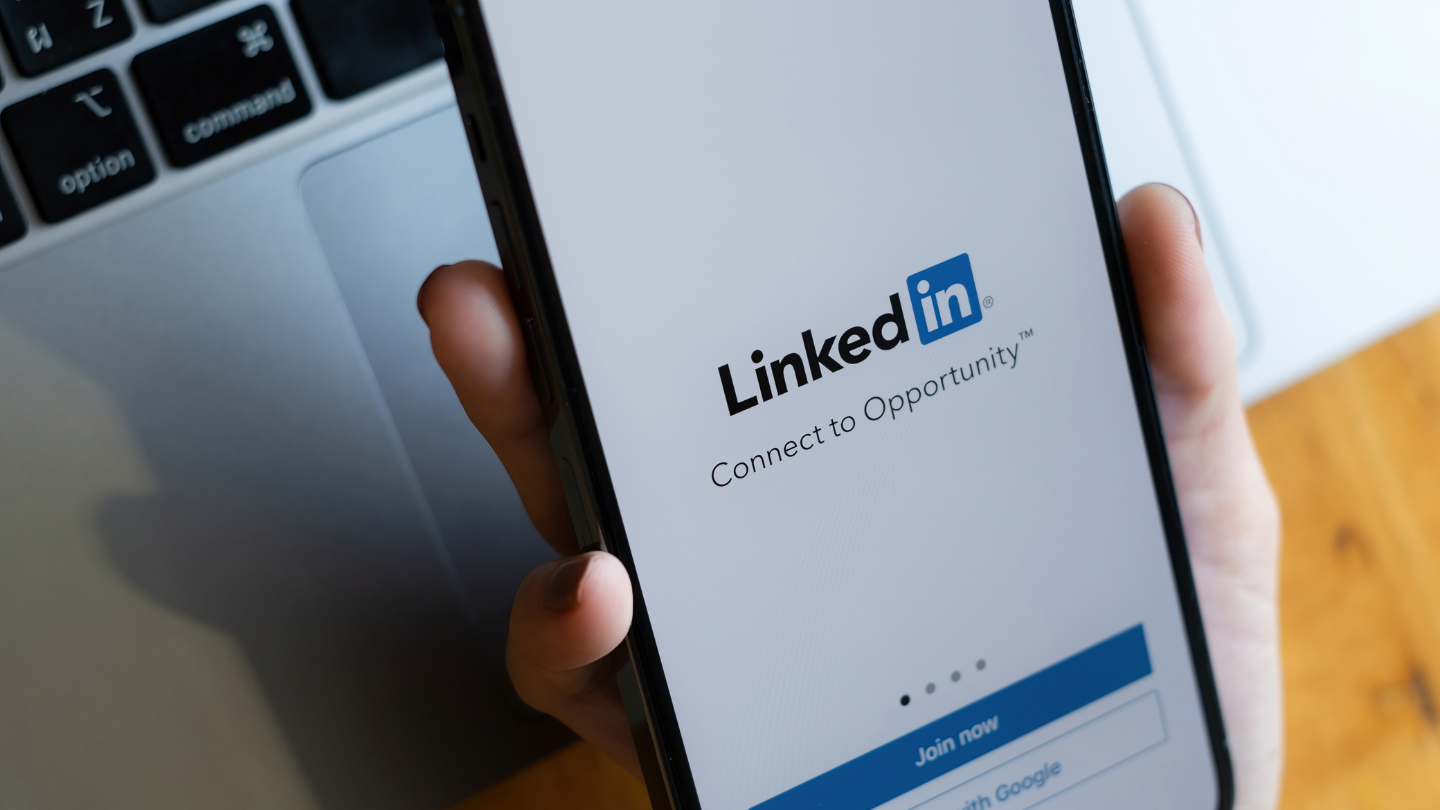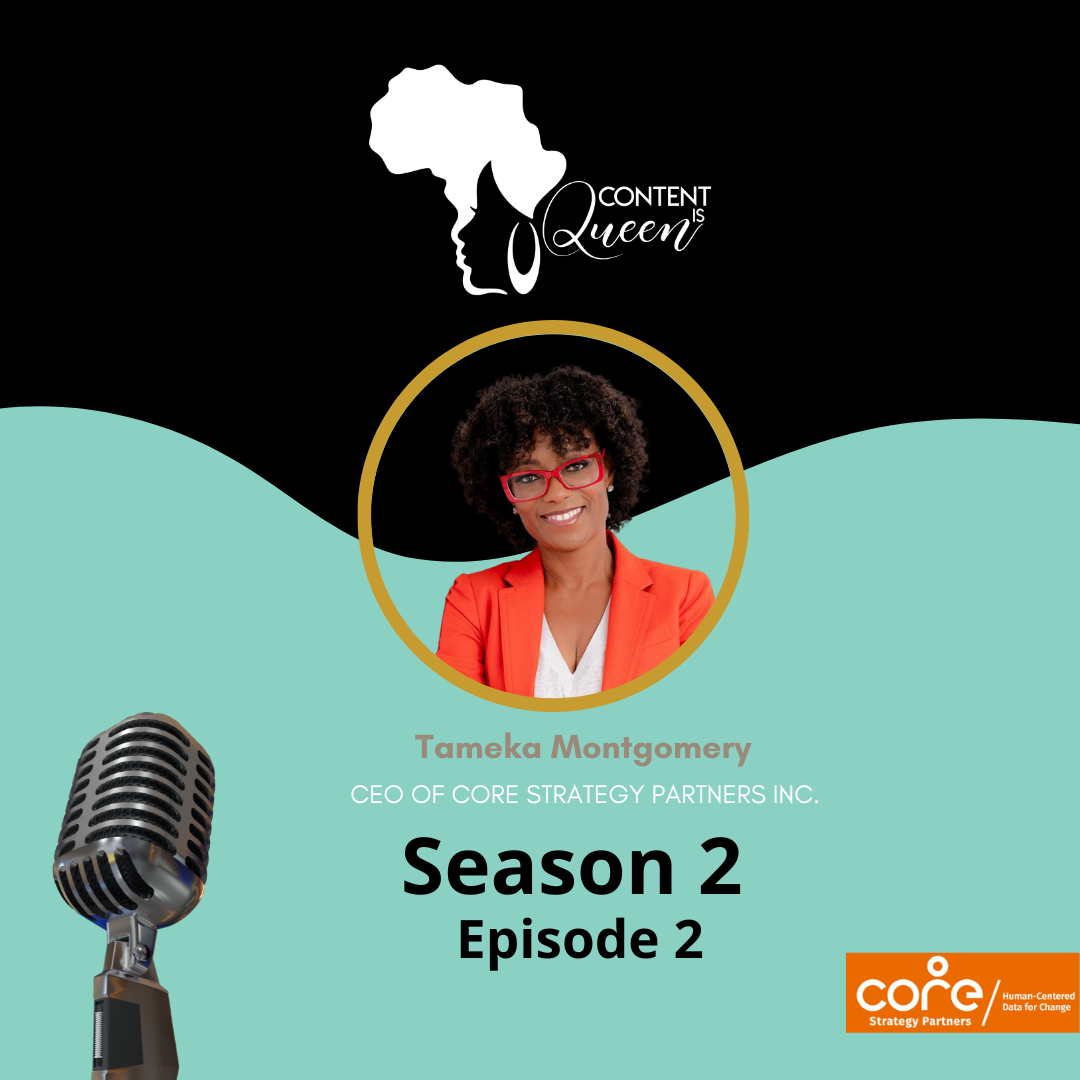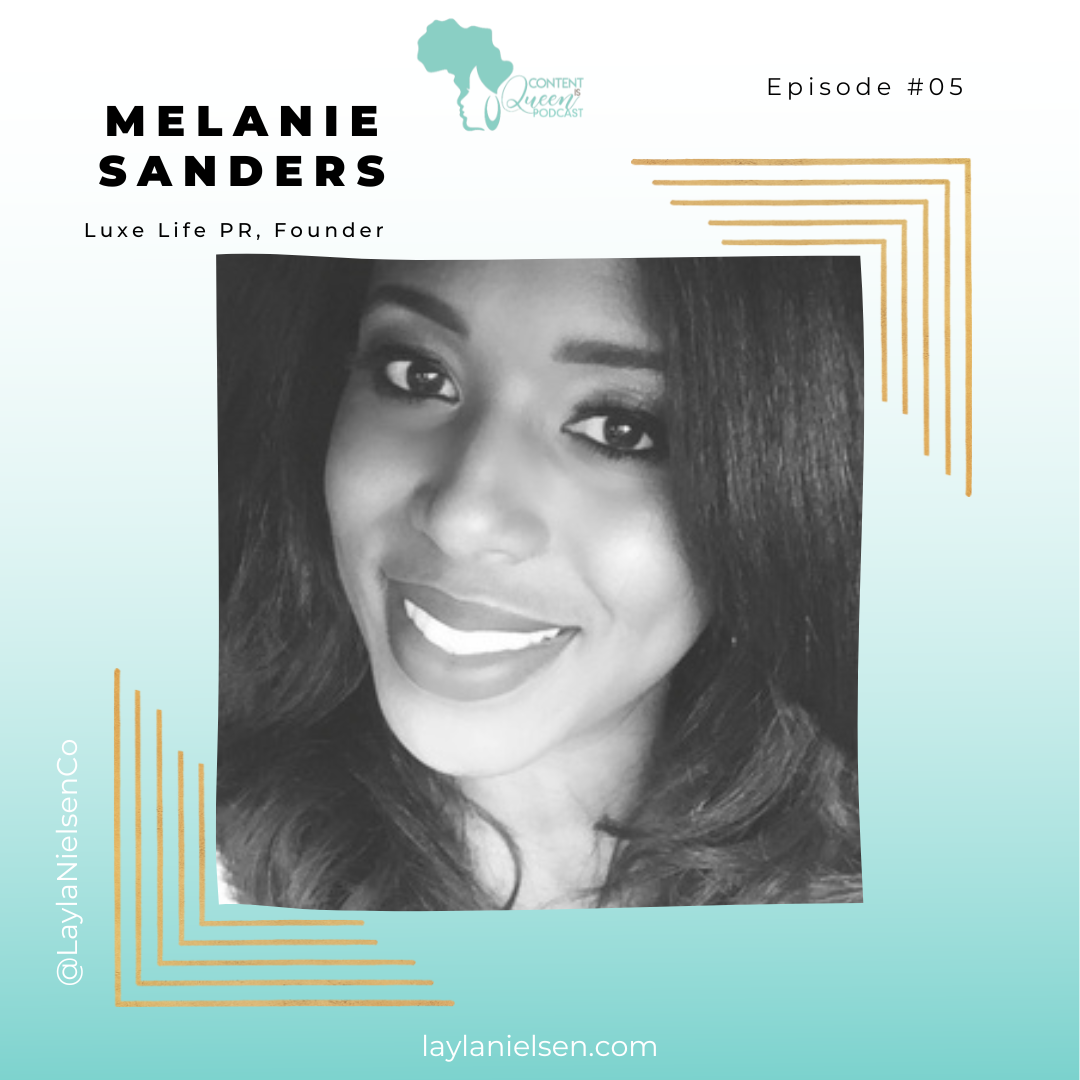LinkedIn has become an indispensable tool for professionals, boasting over 774 million members across the globe. With its vast user base, LinkedIn offers a unique platform for executives to connect, share ideas, and learn from professionals worldwide. In this article, we will explore the importance of LinkedIn Groups for senior executives and provide practical strategies for leveraging them to build a powerful network.
The Power of LinkedIn Groups for Executives

LinkedIn Groups offer a space for like-minded professionals to engage in discussions, share insights, and make connections. For senior executives, these groups can be invaluable for staying informed on industry trends, discovering new opportunities, and fostering relationships with potential clients, partners, or employees.
For instance, Richard Branson, founder of Virgin Group, has actively participated in LinkedIn Groups to share his experiences and insights, which has helped him expand his professional network and elevate his personal brand. By engaging in relevant groups, executives can similarly establish themselves as thought leaders and drive business growth.
Finding Relevant Groups and Aligning Interests
To harness the full potential of LinkedIn Groups, it’s essential to join those that align with your interests and professional goals. Begin by searching for groups using keywords related to your industry or expertise. Browse through the group descriptions and member profiles to determine whether the group is active and well-suited to your networking objectives.
Adding Value to Group Conversations
Once you’ve joined a few groups, focus on contributing meaningfully to the discussions. Share knowledgeable insights, conduct polls to gather opinions, or create insightful articles showcasing expertise. By adding value to the conversations, you’ll naturally attract the attention of other members and establish yourself as a respected voice within the group.
Engaging with Other Members
Engagement is critical to building strong connections within LinkedIn Groups. Here are a few tips for interacting with other members effectively:
-
Comment on Discussions
Share your thoughts on the discussed topics and offer unique perspectives demonstrating your expertise.
-
Share authentically
Be genuine in your interactions and focus on providing value rather than aggressively promoting yourself or your business.
-
Join in on Discussions
Actively participate in ongoing conversations and ask questions to encourage further engagement and learning.
Examples of Effective Engagement
To better understand how to engage within LinkedIn Groups, consider these well-received examples:
-
Pose thought-provoking questions
about current industry trends or challenges and invite group members to share their opinions.
-
Share a recent success story
from your organization and explain the strategies employed to achieve those results, encouraging others to share their experiences.
-
Offer constructive feedback
on others' posts and provide suggestions for improvement or alternative approaches.
Consistent and Authentic Presence
To maximize the benefits of LinkedIn Groups, it’s crucial to maintain a consistent and authentic presence. Regularly participate in discussions, share valuable content, and interact with other members to strengthen your network and enhance your professional reputation.
Conclusion
LinkedIn Groups present a powerful opportunity for senior executives to expand their network, build their brand, and drive business growth. By finding relevant groups, adding value to the conversations, engaging with other members, and maintaining a consistent presence, executives can unlock the full potential of LinkedIn as a networking tool. Start leveraging LinkedIn Groups today to elevate your career and make meaningful connections with professionals across the globe.













